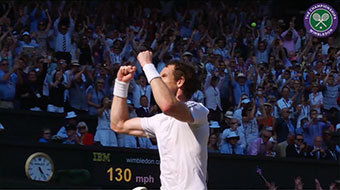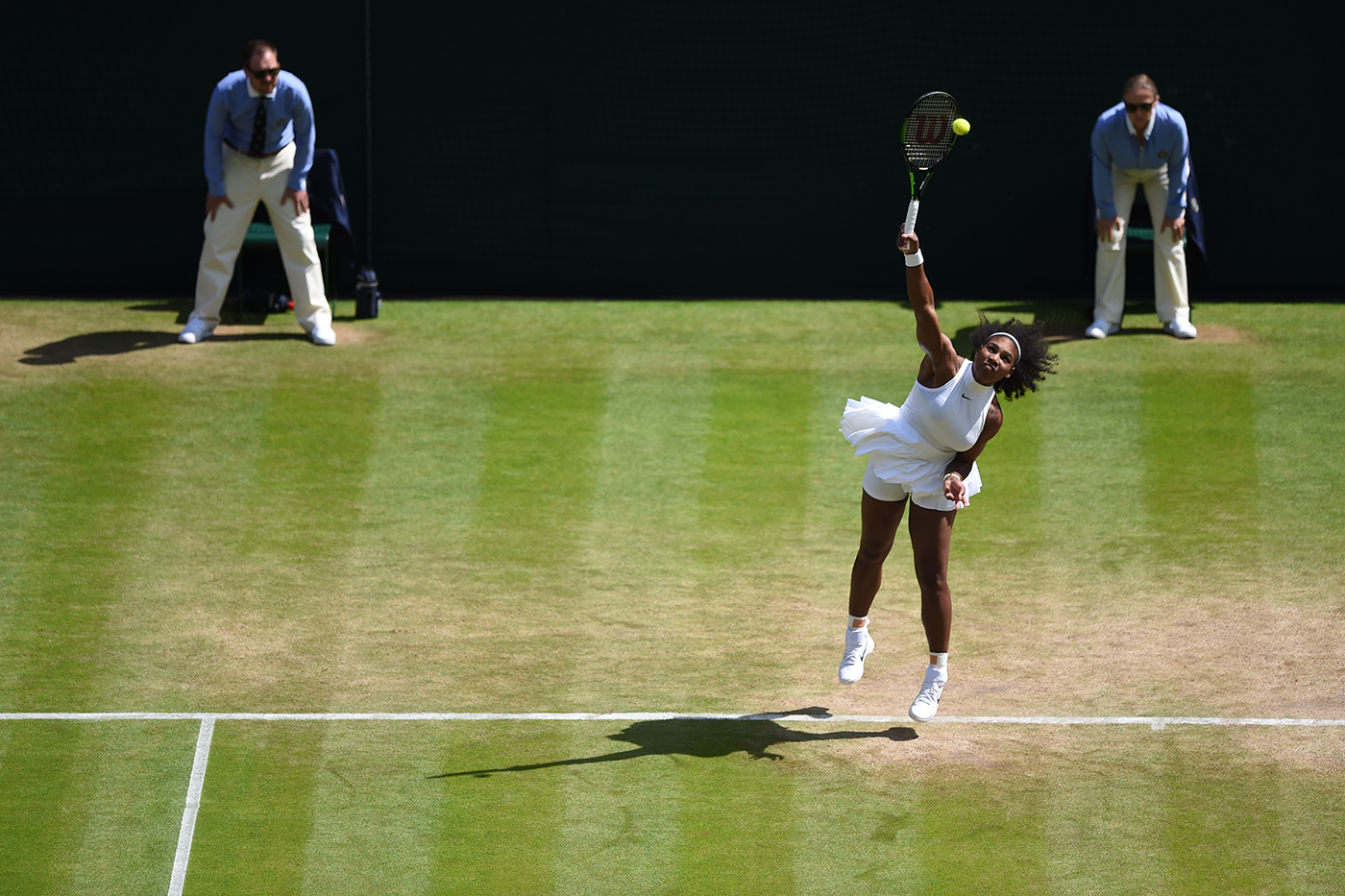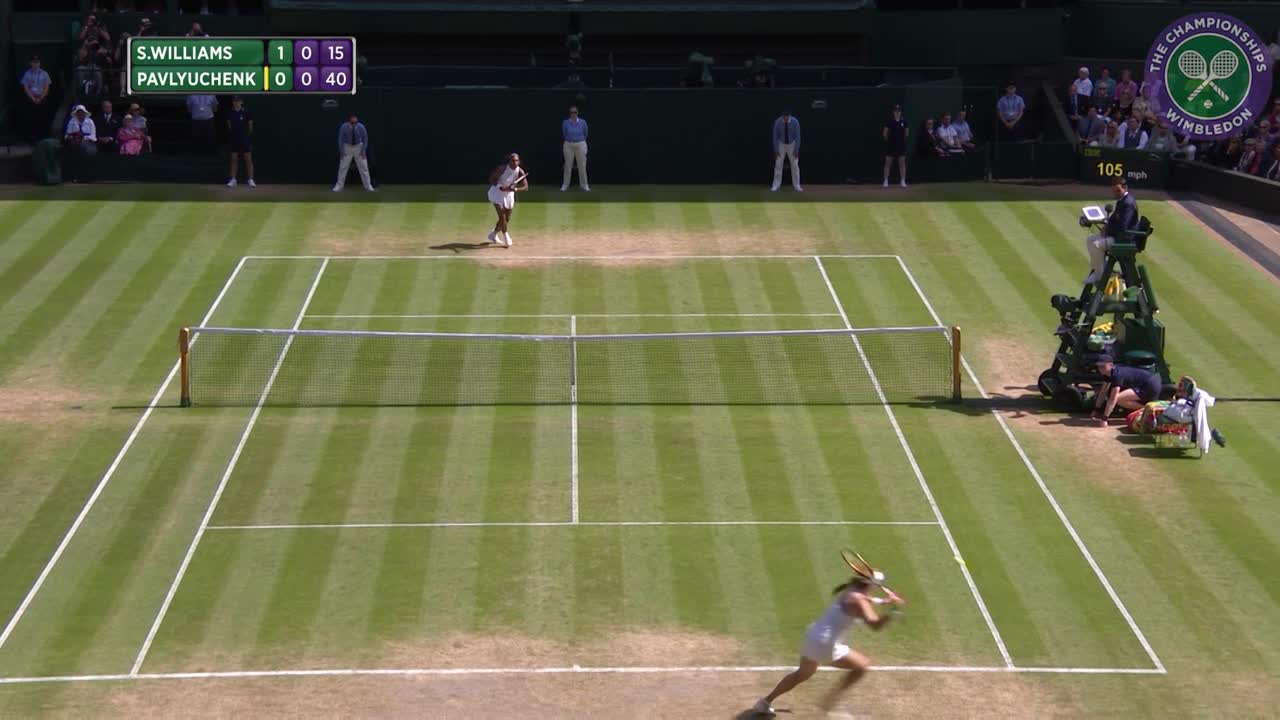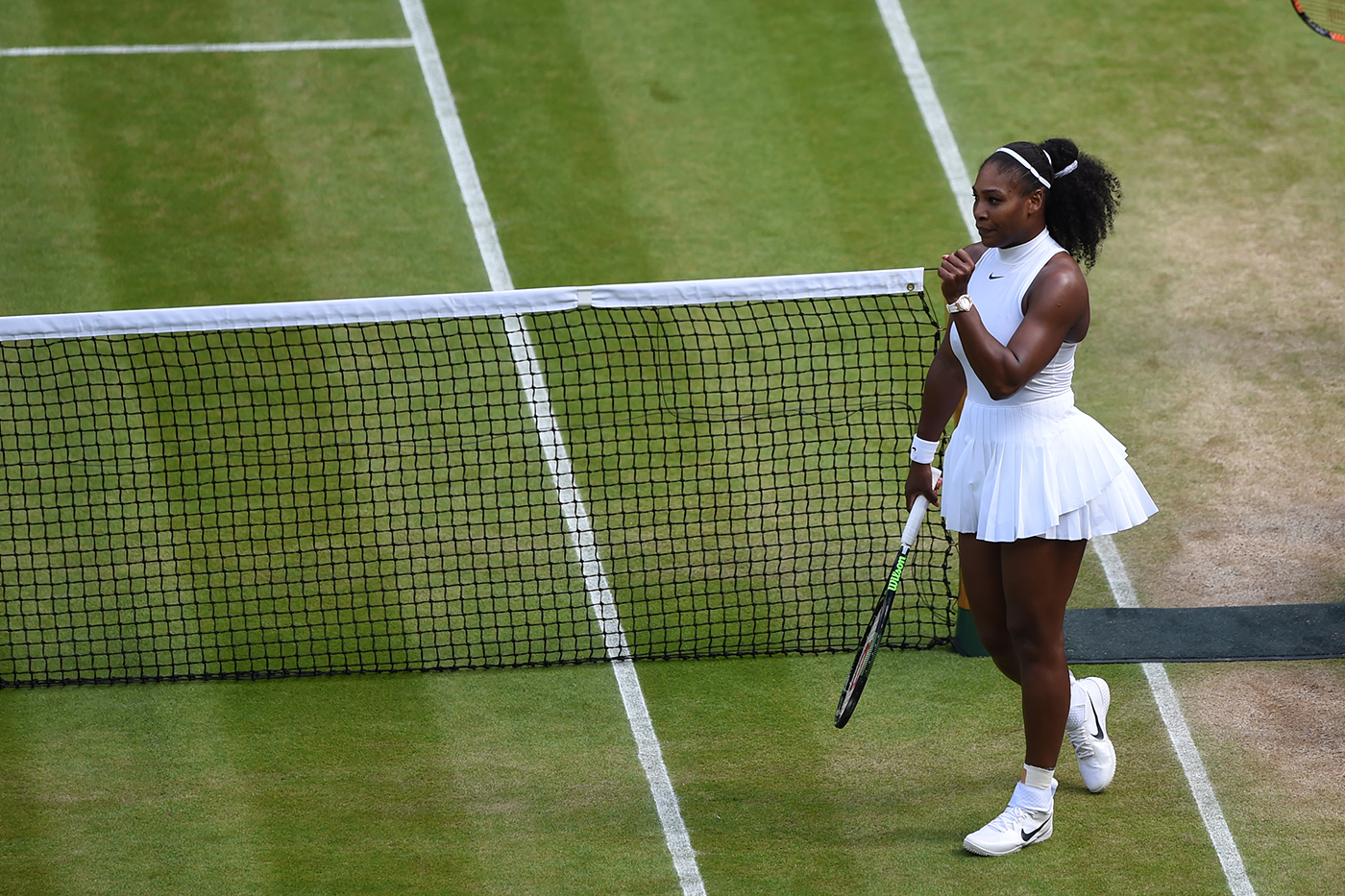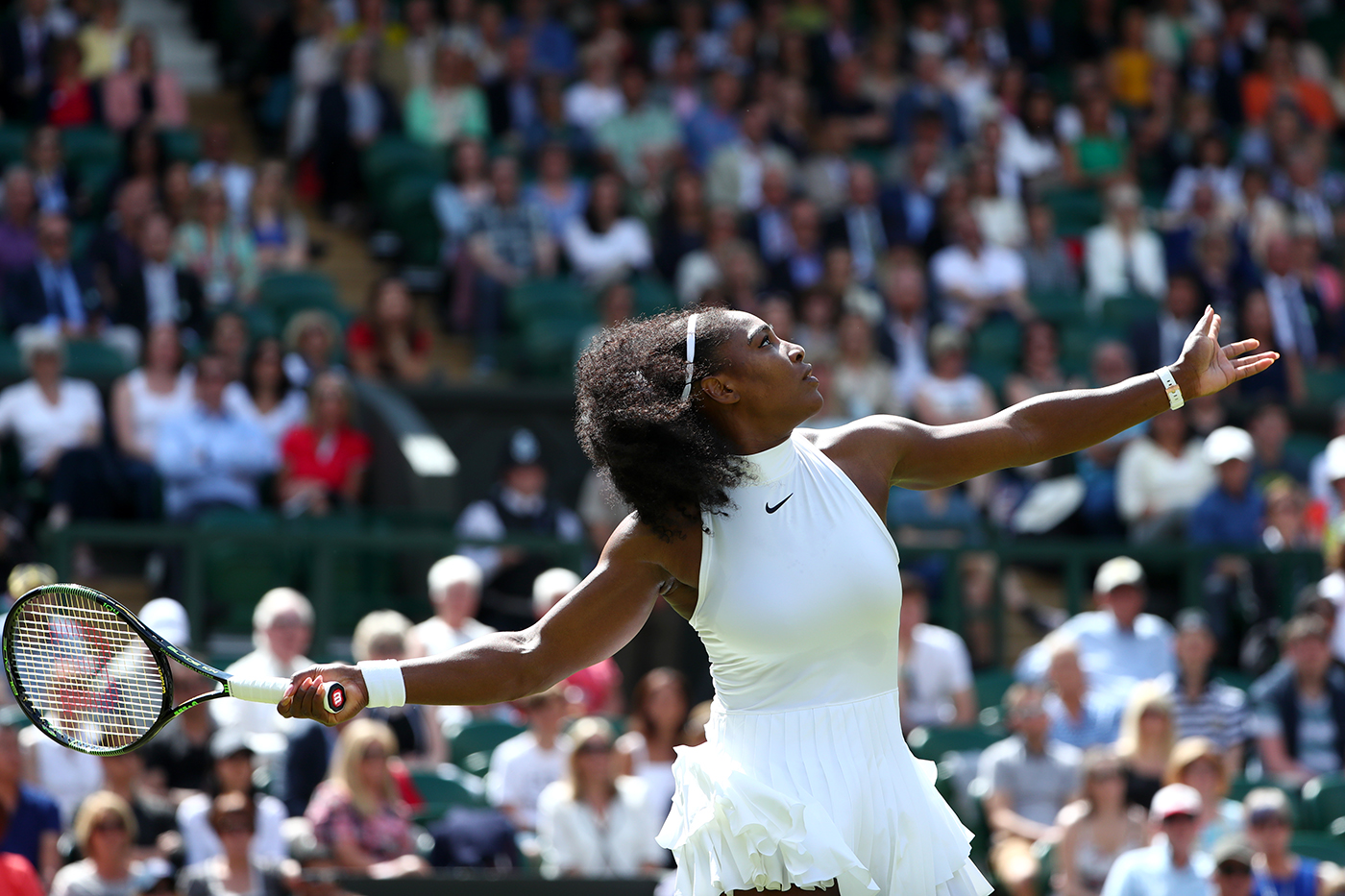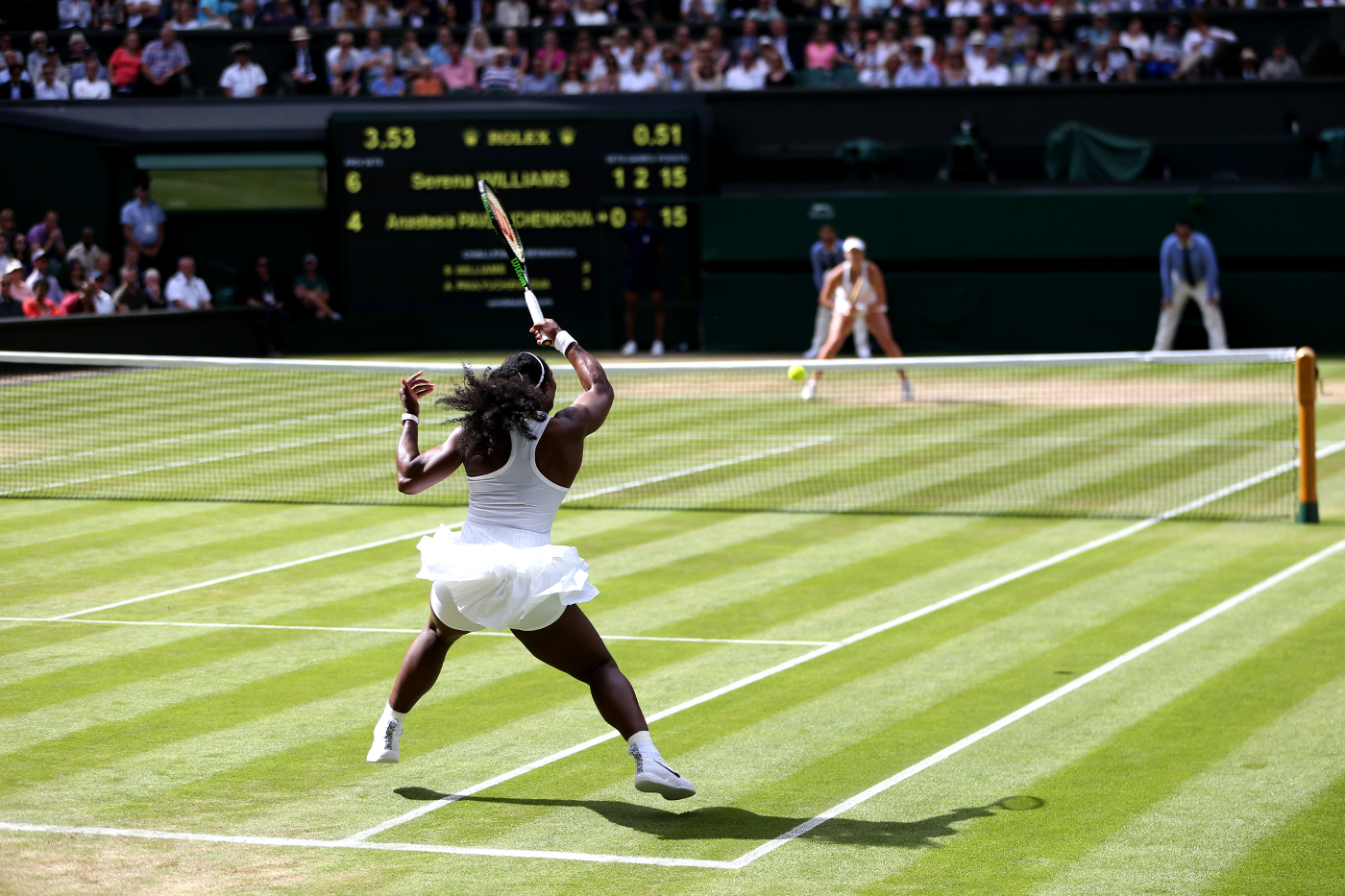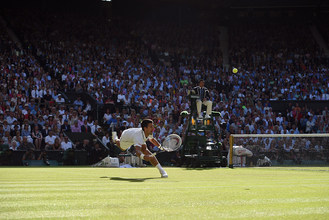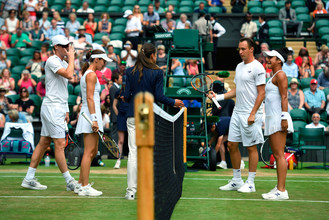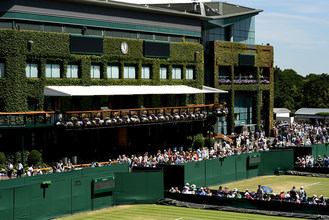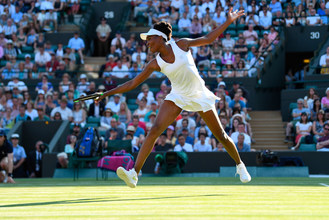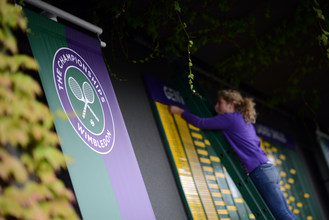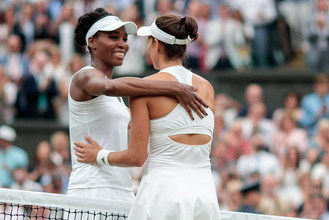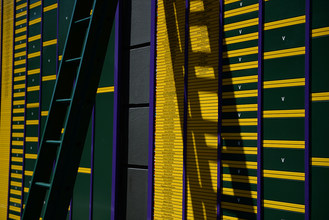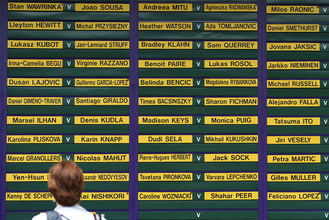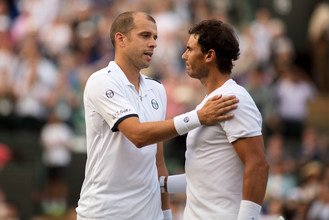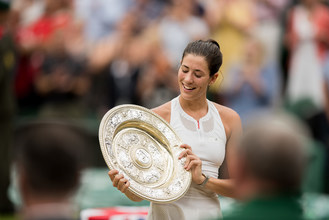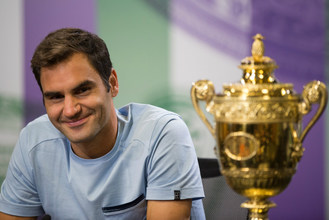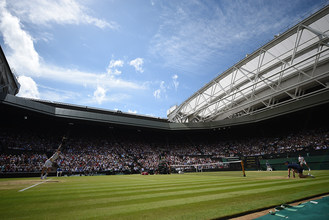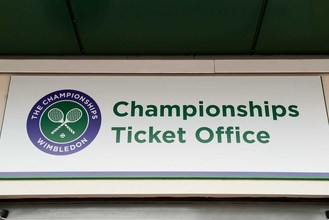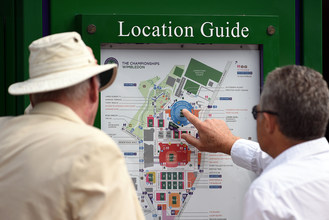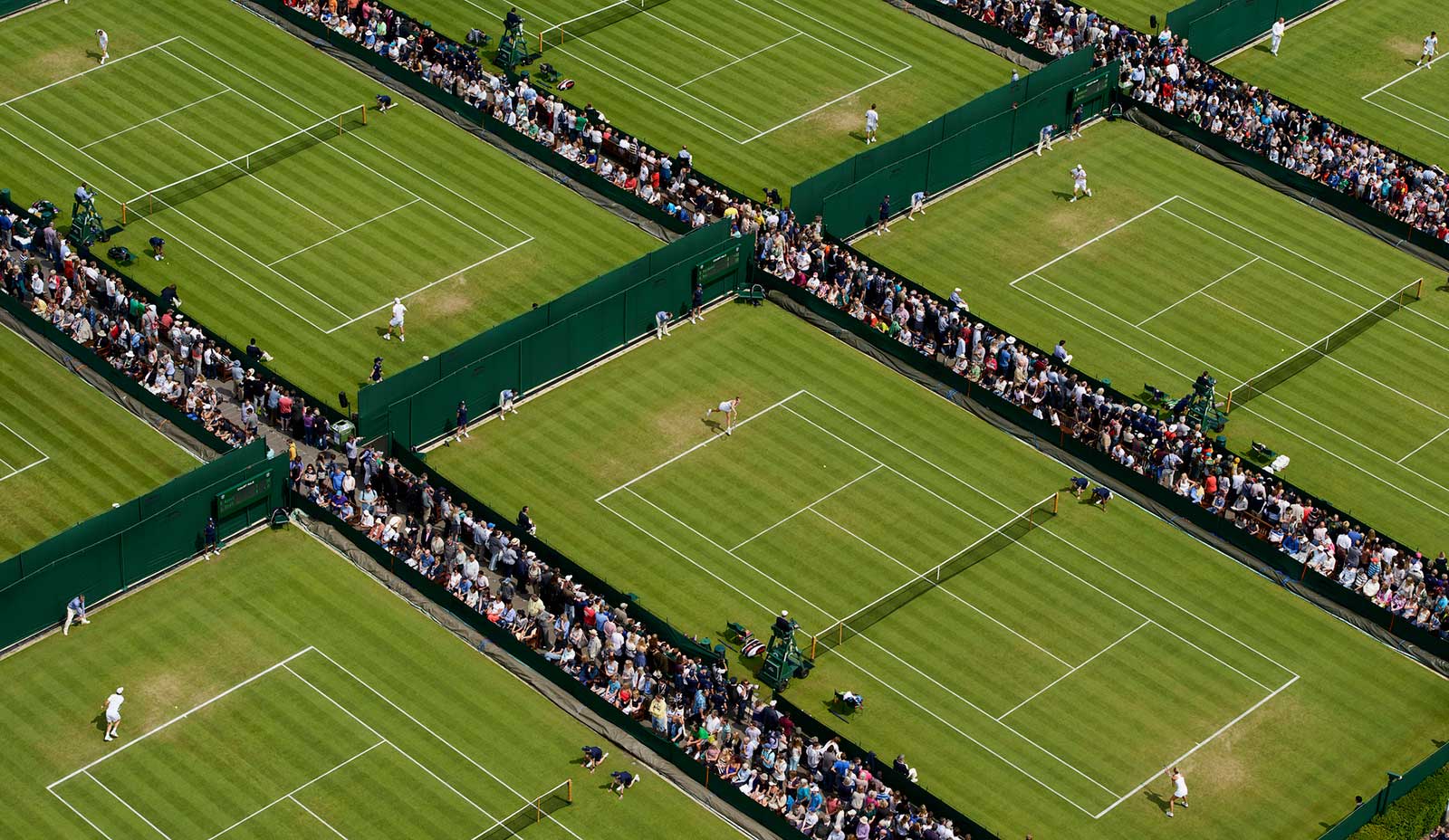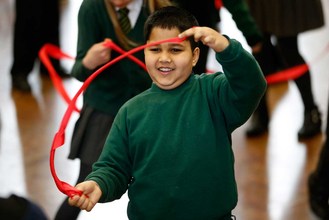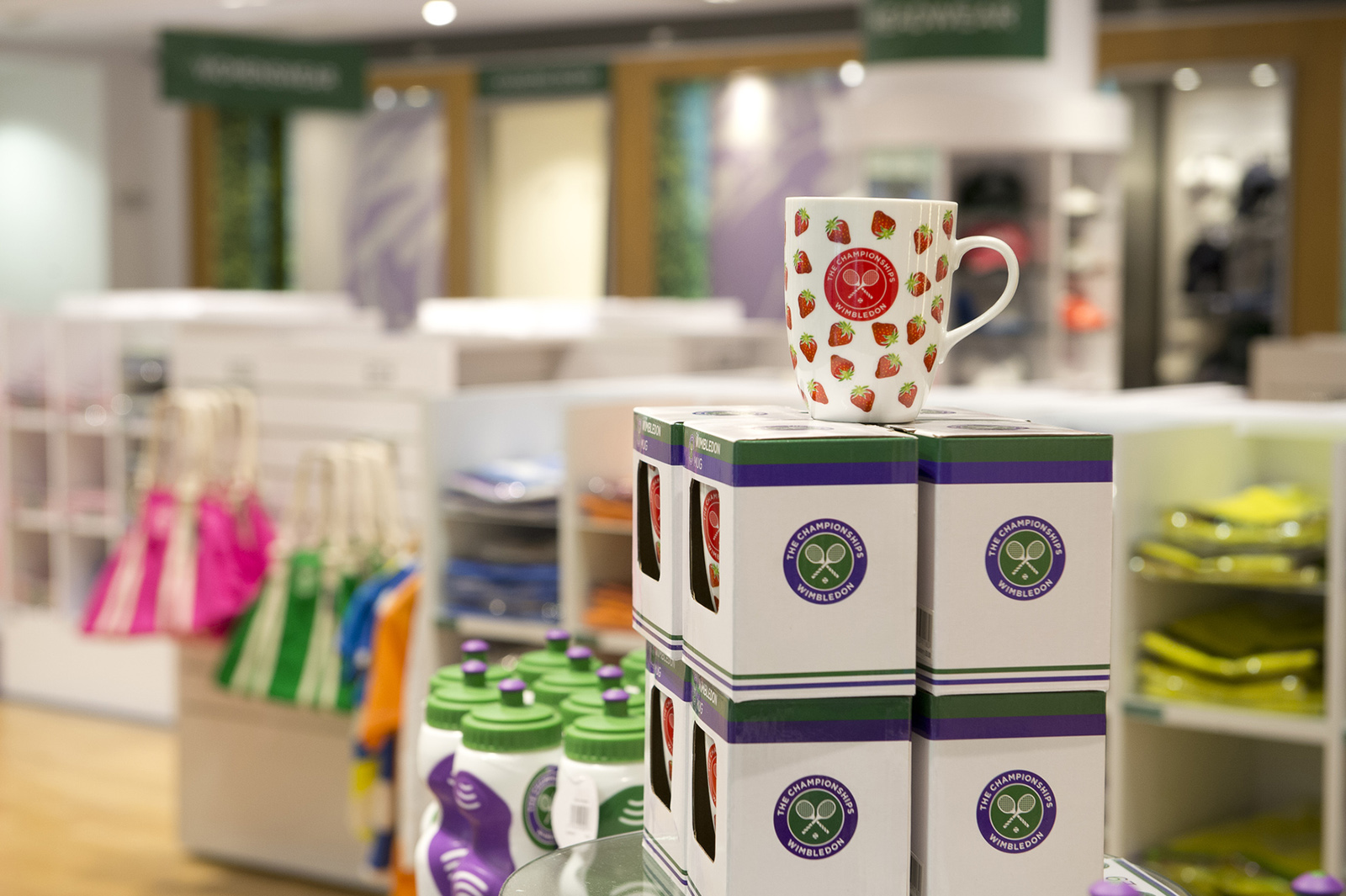“Her level match after match is rising,” says Serena Williams’ coach, Patrick Mouratoglou. “She’s serving better and better, and moving better and better.”
Mouratoglou, the man who watches Serena’s every swing and tracks her every mood, would know. And it’s hard to argue with him. On Monday and Tuesday, for the first time all tournament, the world No. 1 has been in what veteran Serena watchers like to call “lockdown mode.” Gone are the slow starts, gone are the exasperated reactions and brimming emotions, gone are the rackets sent spinning into photographers’ laps.
Gone, most important, are the tight swings, the unforced errors, and the go-for-broke shot selection. A quiet Serena is a dangerous Serena. As Mouratoglou has been known to tell her, “Stay calm, because when you’re calm, you find solutions.”
In her last two matches, against Svetlana Kuznetsova and Anastasia Pavlyuchenkova, Serena stayed calm and found solutions. In both cases, her Russian opponents played well and at times looked to be capable of pulling off an upset.
On Monday, Kuznetsova varied her spins, placements, and trajectories, and - for the first nine games - threw Serena off her rhythm. On Tuesday, Pavlyuchenkova came at Serena with all of her considerable power, and she was able to match her hold for hold until the business end of each set.
In both cases, Serena’s opponents did falter at the wrong moment; Kuznetsova double-faulted at 15-15 while serving for the first set, and Pavlyuchenkova’s level suddenly - though not surprisingly - dropped once she reached 4-4. But neither woman lost primarily because she choked. They lost because Serena, instead of getting exasperated because she wasn’t blowing her opponents off the court, kept her cool when the score was close. That allowed to have a clear head when she needed it late in each set. Serena won by upping her aggression level without upping her risk level.
Instead of going all out for baseline winners, she followed her shots to the net. Even if she doesn’t make every volley, that positive “intention,” Mouratoglou believes, “makes her more efficient.”
“Mentally, I’m one of the best out there,” Serena has said more than once over the course of this fortnight, and she seems determined to prove it. The question now is: Does “lockdown mode” still mean what it used to mean? Does her strong play in the middle of the tournament still automatically lead to a title at the end of it? That hasn’t been the case at the last three majors.
In 2015, at the U.S. Open, Serena looked very solid in beating Madison Keys in the fourth round and her sister Venus in the quarters. Then, as we all know, she lost to Roberta Vinci in the semis.
At the Australian Open this year, Serena again looked very solid in beating Maria Sharapova and Agnieszka Radwanska in straight sets in the quarters and semis; then she lost to Angelique Kerber in the final.
Last month, while Serena wasn’t at her best throughout the French Open, most people still expected her to beat 22-year- old Garbiñe Muguruza in the title match. Instead, Serena lost in straight sets.
The cliché used to be, “If you’re going to get Serena at a Slam, you better do it in the first week.” Over the last 10 months, the opposite has been the case.
What are the chances that Serena falter at the finish line a third straight time? Her potential final-round opponents, Venus and Angelique Kerber, are known quantities to her. Venus would be tough for her sister to play, as always, but Serena did beat her twice at Slams last year.
Kerber might be the ideal Saturday opponent; Serena, who enjoys nothing more than avenging a past defeat, would do everything in her power not to lose to her in two straight major finals. What about Vesnina? As with Vinci last year, it could be the anonymous Russian doubles specialist, who Serena has handled with ease in their four meetings, who ends up giving her the most trouble.
Whatever happens, it will be interesting to see how Serena, who will be 35 next month, handles the endgame at this year’s Wimbledon. Is she not quite the closer she once was? Or is this lull in her Grand Slam march just another temporary obstacle for her to overcome on her way to passing Steffi Graf? If Serena stays as calm as she has the last two rounds, you get the feeling she’ll find the solution.

